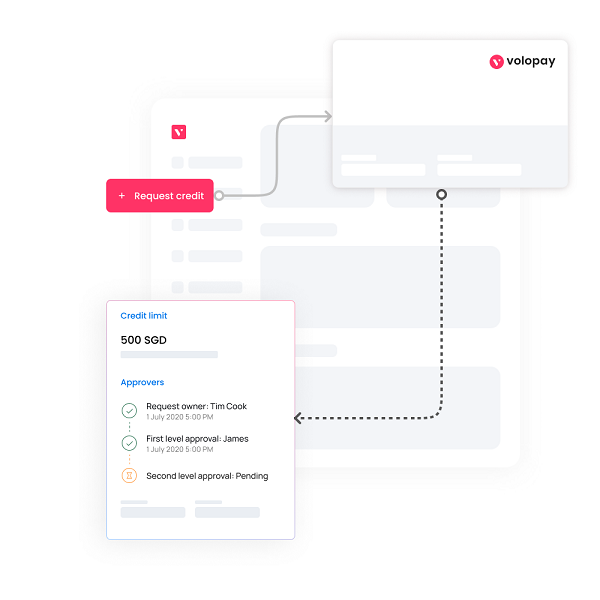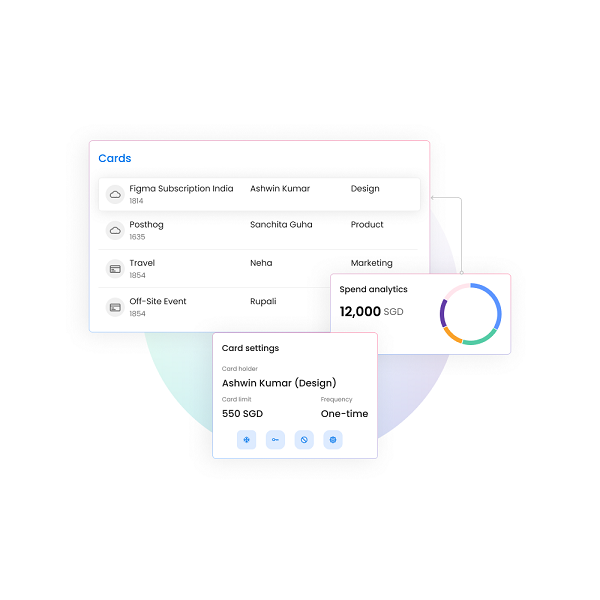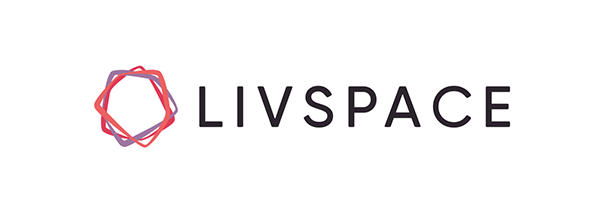What is credit utilization rate and how does it matter?
Your credit card utilization rate, sometimes called your credit utilization ratio, is the amount of revolving credit you're currently using divided by the total amount of revolving credit you have available. In other words, it's how much you currently owe divided by your credit limit. It is generally expressed as a percent.
Credit utilization makes up roughly 30% of your credit score, which makes it one of the most important factors in your credit report. In general, the lower your credit utilization the better, but anything below 30% is considered good, and 0% may not necessarily be the best ratio to have.
What is credit utilization?
Credit utilization alludes to how much credit you have utilized contrasted and how much credit you have been reached out to by a bank. It additionally alludes to a proportion that banks use to decide your financial soundness and is a variable that is utilized to decide your credit score.Your credit utilization can be determined utilizing all remaining accessible credit you have, including understudy loans, contracts, home value advances, or other obligations.
The higher the level of credit you've utilized comparable to your accessible credit, the lower your financial assessment can be. The complete dollar measure isn't generally so significant as the absolute level of the credit you've utilized. The lower your credit utilization rate, the better, with suggested runs frequently falling under 25%, and numerous guides suggesting that you utilize under 10% of your accessible credit.

How important is credit utilization?
Your credit utilization rate- how much credit you use when contrasted with your credit card limits - is a major element impacting your financial assessment. Conveying a high amount on a credit card can hurt your score. However, whenever you've paid it down and your credit reports update, it won't keep on influencing your score. Conveying a high amount on a credit card for a brief timeframe will not cause long haul harm, however, it's as yet essential to keep your credit usage proportion low.
Specialists inform keeping your credit utilization beneath 30% with respect as far as possible - both on individual cards and across the entirety of your cards. Most specialists suggest keeping your general credit card usage underneath 30%. Lower credit utilization rates recommend to banks that you can utilize credit mindfully without depending too intensely on it, so a low credit card utilization rate might have corresponded with higher financial assessments.

How does credit utilization affect your business credit score?
Credit utilization can essentially affect your financial assessments. Regardless, higher utilization proportions can hurt your scores, while low credit card utilization rates can help them. Most credit scores (there are many) just element in your most as of late revealed balances and credit limits and the subsequent credit utilization proportions.
In these cases, utilizing your card frequently or for significant buys can prompt a good utilization rate that harms your scores. Be that as it may, taking care of the equilibrium and keeping a lower equilibrium could assist with bringing your credit scores back up.
Having a background marked by taking care of your balance in full or taking care of your obligation over the long run, rather than having a consistent or developing balance, can assist you with further developing these scores. The main element in your credit score utilization is your installment history-which is the reason late installments contrarily affect your credit score.
Your credit utilization rate is the second-most significant element that influences your credit score. Assuming you are attempting to develop great credit or work your direction to astounding credit, you will need to keep your credit utilization rate as low as could be expected.
How to improve business credit utilization rate?
Bringing down your credit utilization rate is moderately simple and it's one of the speediest ways of helping your credit score. The following are four different ways for you to pay off your obligation, increment your accessible credit and receive the rewards of a lower credit utilization ratio:
Pay off your balances
The most ideal way to bring down your credit utilization ratio is to take care of your credit adjustments. Each dollar you pay off decreases your credit utilization ratio and your absolute obligation, which makes it a mutually advantageous situation. In addition, taking care of your balances implies paying interest on those adjustments. So ask yourself how much obligation you can pay off in the following few months, and perceive what it means for your credit utilization and your credit score.
Open balance transfer credit card
If month-to-month interest charges are making it hard to make a mark in your balances, you should consider a balance transfer credit card. These cards let you move and combine your remarkable balances onto a solitary credit, which frequently makes it more straightforward to square away your obligation. The best balance transfer credit card offers an early on zero percent APR time of 15 to 21 months to assist you with taking care of your balances premium free
There's another advantage to opening a balance transfer credit card: When you take out another credit extension, you increment how much credit is under your name. This can assist you with bringing down your credit utilization ratio, provided you don't make extra buys that take up a huge level of your complete credit.
Ask for increase in credit limit
One more great method for bringing down your credit utilization ratio is to demand a small business credit line increment from your credit card issuer. By expanding your credit limit, you'll have more accessible credit for you, which will naturally bring down your credit score utilization ratio. Simply be cautious that you don't transform your new credit into a new obligation.
Apply for new credit card
Applying for another credit card is additionally a decent method for bringing down your credit utilization ratio. Having different credit cards related to your record expands how much credit is accessible to you, and if you don't build your general spending, your credit utilization ratio ought to go down. Also, getting one more card offers you the chance to make the most of credit card rewards.
How to calculate credit utilization ratio?
To compute your credit utilization rate, begin by including all the credit limits on your credit cards. In the event that you don't have the foggiest idea about your credit limits, you can regularly observe them by signing into your credit card account. Whenever you've gotten done with including your credit limits, begin including your present credit card balance.
Partition your obligation by your credit, then, at that point, duplicate that number by 100 to get the level of credit you're presently utilizing- also termed as your credit utilization ratio.
In the event that you'd prefer not to figure it out yourself, numerous web-based credit utilization calculators can help accelerate this interaction. You could likewise pursue a credit observing application that will consequently work out your credit utilization ratio for you.
A decent credit usage proportion is viewed as under 30%. Remember, nonetheless, that 30% is not an enchanted number, and lower use proportions can work on your score and assist with building it.
FAQs
A 'good' credit utilization ratio is seen as under 30%. Keep in mind, in any case, that 30% is not a charming number, and a lower credit utilization ratio can chip away at your credit score and help with building it.
Utilizing a personal loan is viewed as a preferable choice over utilizing your credit cards, taking everything into account. This is on the grounds that taking personal loans on the web or disconnected helps in decreasing the proportion of credit utilization which is the second most significant component for credit authorities.
Your credit utilization ratio - how much credit you utilize when contrasted with your credit card limits - is a major component affecting your credit score. Conveying a high credit on a credit card can hurt your score. In any case, whenever you've paid it down and your credit reports update, it won't keep on influencing your score.
A credit card request can be dropped without hurting your credit score; simply recall that settling credit card balances first (in addition to the one you're dropping) is critical. Shutting a credit card won't influence your financial record (history is an element in your general credit score).








Trusted by finance teams at startups to enterprises.
Related pages
Learn about how you can get the flexible credit line with minimum documentation and a two-day approval process.
Building your business credit is crucial for small businesses, find out the techniques to build business credit here.
Learn how to avoid credit card fraud and what are the steps you should take if you get into credit card fraud.